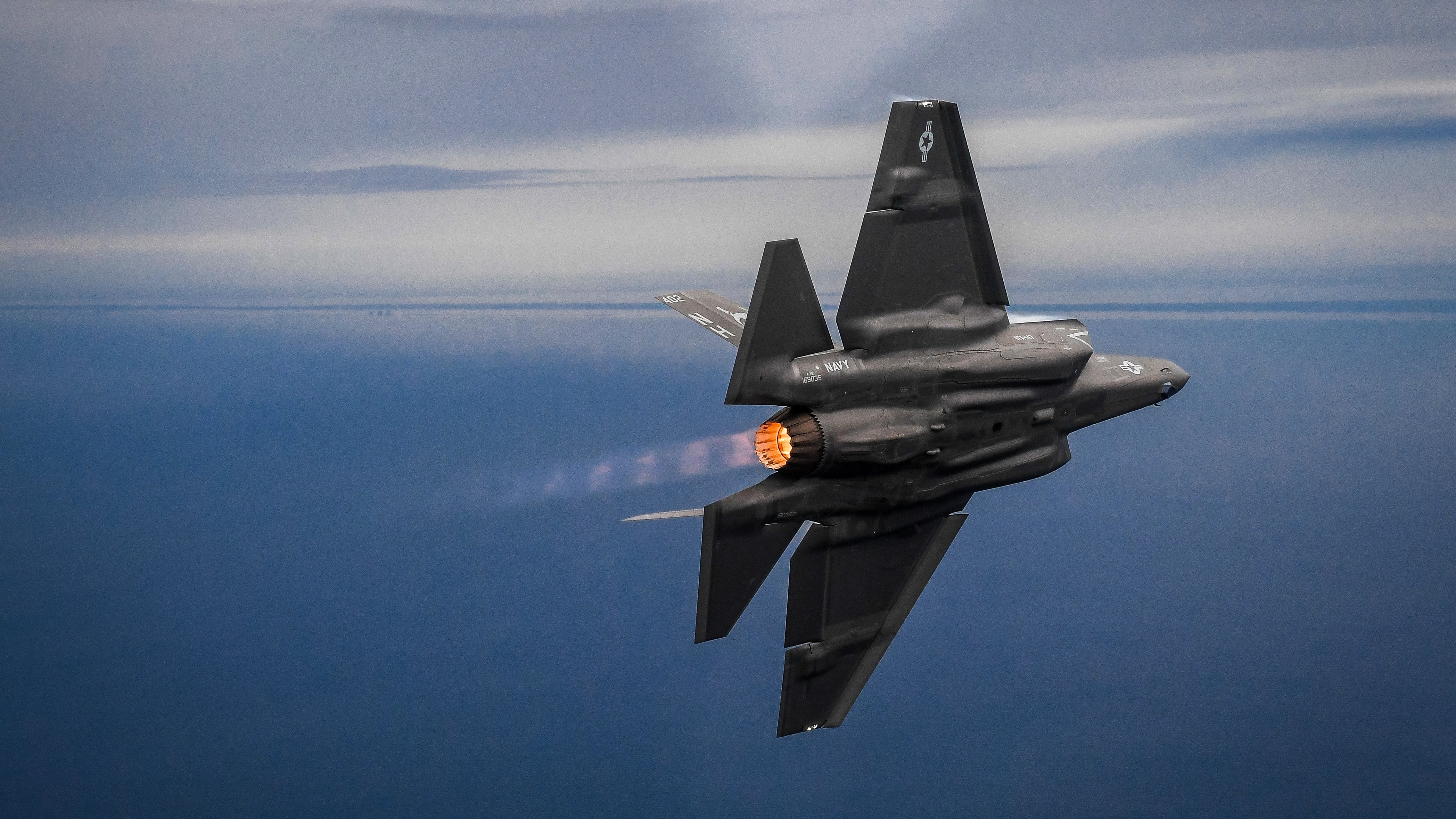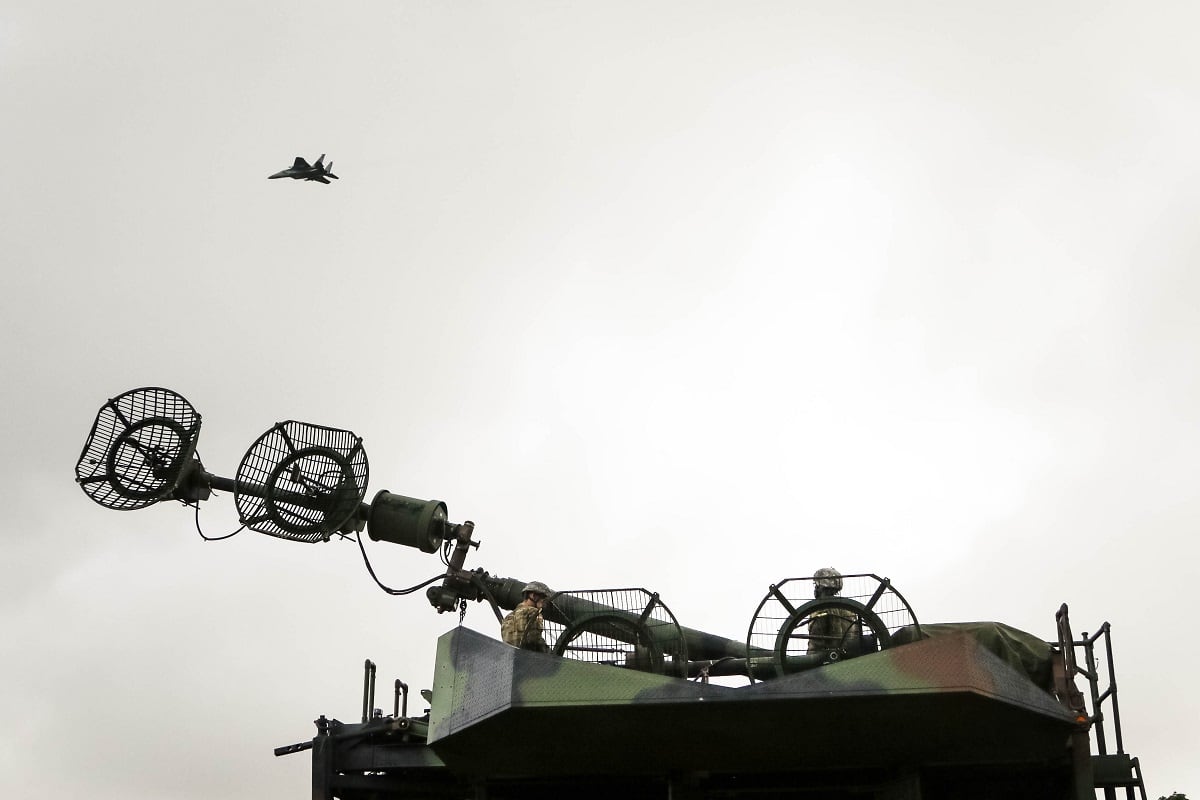UPDATE - This story has been updated to add comment from Northrop Grumman.
HUNTSVILLE, Ala. — The F-35 joint strike fighter demonstrated its ability to send data to the U.S. Army’s Integrated Air and Missile Defense Battle Command System during the Orange Flag Evaluation 19-2 at Palmdale, California, and Fort Bliss, Texas, in June.
F-35 manufacturer Lockheed Martin announced in an Aug. 6 statement that the jet, in a live demonstration, sent track data to the IBCS through the F-35 ground station and “F-35-IBCS adaptation kit.”
The Northrop Grumman-developed IBCS was able to “receive and develop fire control quality composite tracks during the exercise, leveraging the F-35 as an elevated sensor," the statement added.
RELATED

The capability is seen as important in multidomain operations because it would be able to detect threats that are tough for ground-based sensors alone to pick up.
“This demonstration represents a significant growth in capability for the Army IAMD program and Army for multi-domain operations. The capability creates additional battlespace awareness, and the ability to track incoming targets and take action, if necessary,” Scott Arnold, Lockheed’s deputy of integrated air and missile defense, said in the statement. “The F-35, with its advanced sensors and connectivity, is able to gather and seamlessly share critical information, enabling greater joint force protection and a higher level of lethality of Army IAMD forces.”
But the demonstration isn’t only about the F-35′s ability to contribute as a sensor in the air and missile defense architecture, but also about the IBCS’ ability to bring in sensor data from a variety of platforms.
“This is another example of the power of IBCS’ open architecture design, which enables the integration of any sensor to any effector in any domain. Any sensor, any effector, any domain: This is the future of the U.S. Army’s fight,” Northrop Grumman’s Dan Verwiel, vice president and general manager of missile defense and protective systems, said in a statement sent to Defense News.
The IBCS was originally developed as the brains of the Army’s future air and missile defense system, but its potential mission continues to grow as the service works to tie other sensors to IBCS to create a layered defense.
The service is also working to tie in radars and sensors for its Indirect Fire Protection Capability as well as its Maneuver Short-Range Air Defense system. The idea now is for the IBCS to tie into any sensor or shooter the Army brings into its framework.
The F-35 ground station has been sent to White Sands Missile Range, New Mexico, to continue F-35 integration testing during IAMD developmental testing.
RELATED

The Army’s IBCS program experienced delays as it added capabilities to its defensive framework to protect against everything from ballistic missiles and cruise missiles to unmanned aircraft to rockets, artillery and mortars.
But it is now the top priority for the Army’s cross-functional team dedicated to air and missile defense. The team is tasked with modernizing capabilities under Army Futures Command. IBCS will undergo a limited user test next spring ahead of a production decision in the fourth quarter of fiscal 2020.
Jen Judson is an award-winning journalist covering land warfare for Defense News. She has also worked for Politico and Inside Defense. She holds a Master of Science degree in journalism from Boston University and a Bachelor of Arts degree from Kenyon College.








